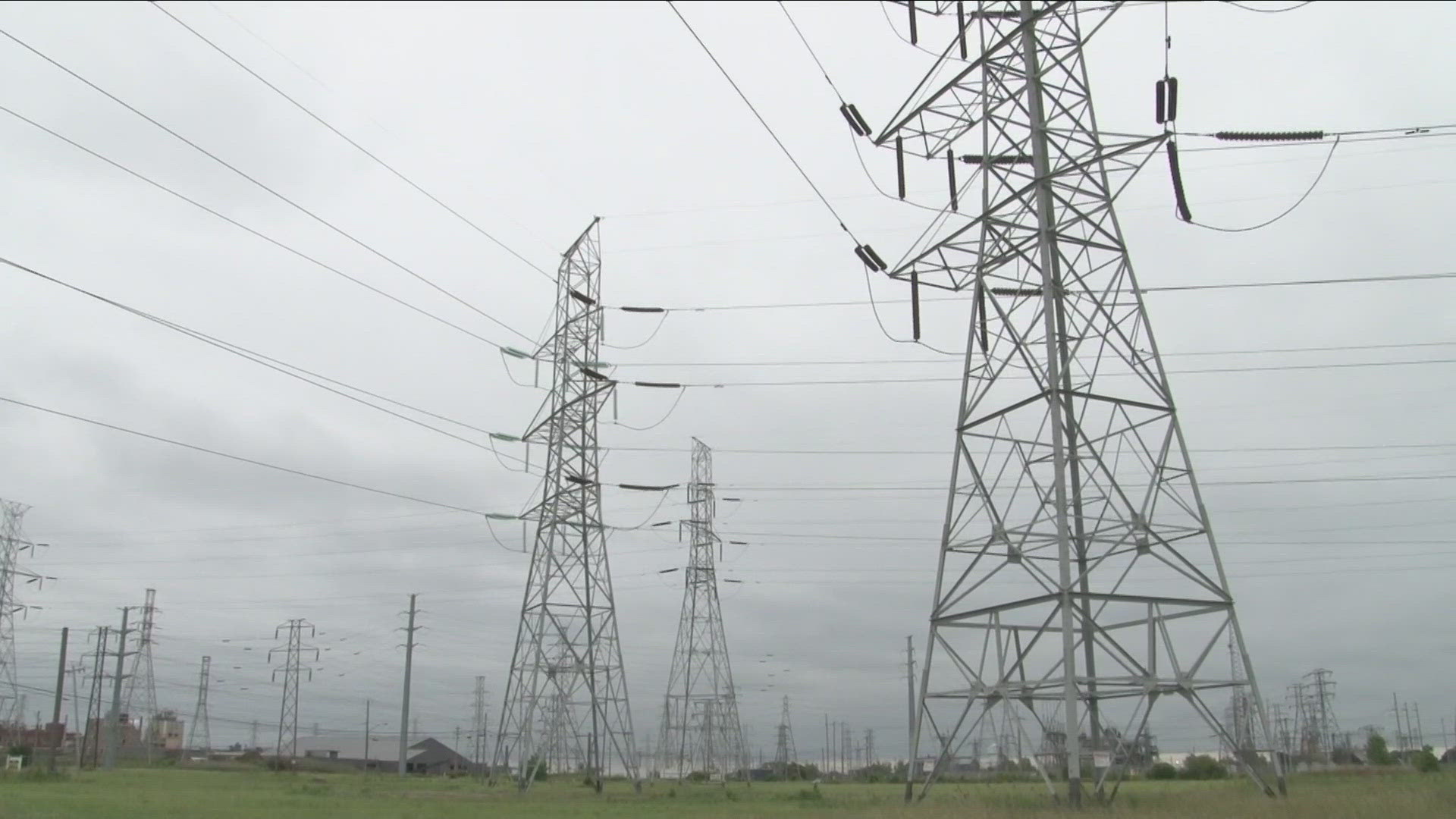BUFFALO, N.Y. — As we approach the summer cooling season an agency that helps coordinate our power grid has released a report on the reliability of our state's power production. It raises some yellow caution flags for the future as the state pursues its quote "ambitious" climate protection policies.
The New York ISO for Independent System Operator agency has basic oversight over the state's power grid system as it monitors the actual production of power and then distribution through utility firms to our homes.
And there is a greater challenge as Albany pushes forward with a plan to cut emissions with restrictions and policies to eventually engineer a switch from fossil fuels to electricity for heating. The stated goals are a zero-emission electricity system by 2040 and an 85 percent reduction in greenhouse gas emissions by 2050.
So now there is a 2024 Energy Trends report from the ISO. It raises this point about new industries and new jobs for the state, under the "New large, energy-intensive economic development projects."
“Several large investments in microchip manufacturing and state-of-the-art data centers are contributing to the increase in forecasted demand on the electric system. These new facilities are expected to consume great amounts of energy, underscoring the need for additional large-scale electric generation and robust investments in transmission and distribution infrastructure.”
There is also a discussion of the use of more electricity to power heat pumps in place of fossil fuel natural furnaces.
“The grid is expected to become a winter peaking system in the mid-2030s as winter demand grows to accommodate electrification. As more consumers rely on electric heating, the NYISO must ensure the grid is prepared to supply winter peak periods reliably. Current winter reliability margins are sufficient. However, if natural gas becomes unavailable, and supply cannot be secured elsewhere, statewide deficiencies could arise as soon as winter 2029-2030.”
The ISO report does report that a new record was set for the use of renewable energy sources. Their press release states "The New York Independent System Operator today reported that New York recently set new records for hourly wind and solar generation."
Wind power facilities generated 2,176 megawatts during the 1 p.m. hour on Saturday, March 9, and served 12 percent of system load.
Behind-the-meter and front-of-the-meter solar resources generated 3,832 megawatts during the noon hour on Tuesday, March 12, and served 21 percent of the system load.
Rich Dewey, President and CEO of the New York Independent System Operator said, “The contributions from wind and solar resources represent important, beneficial progress toward the state’s clean energy goals. As load continues to rise across the system, additional generation and transmission will be essential to serve demand and maintain grid reliability.”
The Governor's office also reported a new offshore wind turbine project.
Still with all that there are the relevant issues presented in the ISO report. "Declining Reliability Margins
“Traditional fossil-fueled generation is retiring faster than clean energy resources are entering service. This has, in part, contributed to declining electric system reliability margins across the state. Strong reliability margins contribute to the ability of the power system to meet peak demand or respond to sudden disturbances and avoid outages”.
We took those concerns to Governor Hochul as she recently stopped for a press conference in Buffalo. We were able to ask one question but there was no chance for a follow-up.
2 On Your Side asked the independent system operator raising some yellow flags of caution saying they're worried about grid reliability going forward - "is the state's climate change act going too fast, too far - what would you say to people having that concern?"
Governor Hochul responded: "Well this has been in place since 2019 based on certain objectives that were set into law that I'm required to follow. I support getting to a place where we reduce carbon emissions, that we transition to renewable energy. The whole world is heading in that direction. But we are laser-focused on reliability. We understand that there are limitations to the grid which is why we have now the nation's first offshore wind that is commercial grade. We have hydroelectric power - not just from Western New York but also bringing down from Canada - that's a new initiative we launched. Wind and solar coming in from the Catskills and wind farms here in upstate. So we'll make sure that it matches up. This transition is not intended to be overnight. We're gonna do it in a way that ensures that there is reliability."
That new hydropower from Canada is primarily earmarked for New York City but it overall flows into the grid.
However other offshore wind turbine projects including one in Lake Erie have been pulled off the table in part due to financial issues for the developers.
The cost for consumers for this overall energy transition effort, including recent rate hike proposals from National Grid and policies set by the State Public Service Commission, is another factor we'll look at sometime soon.

